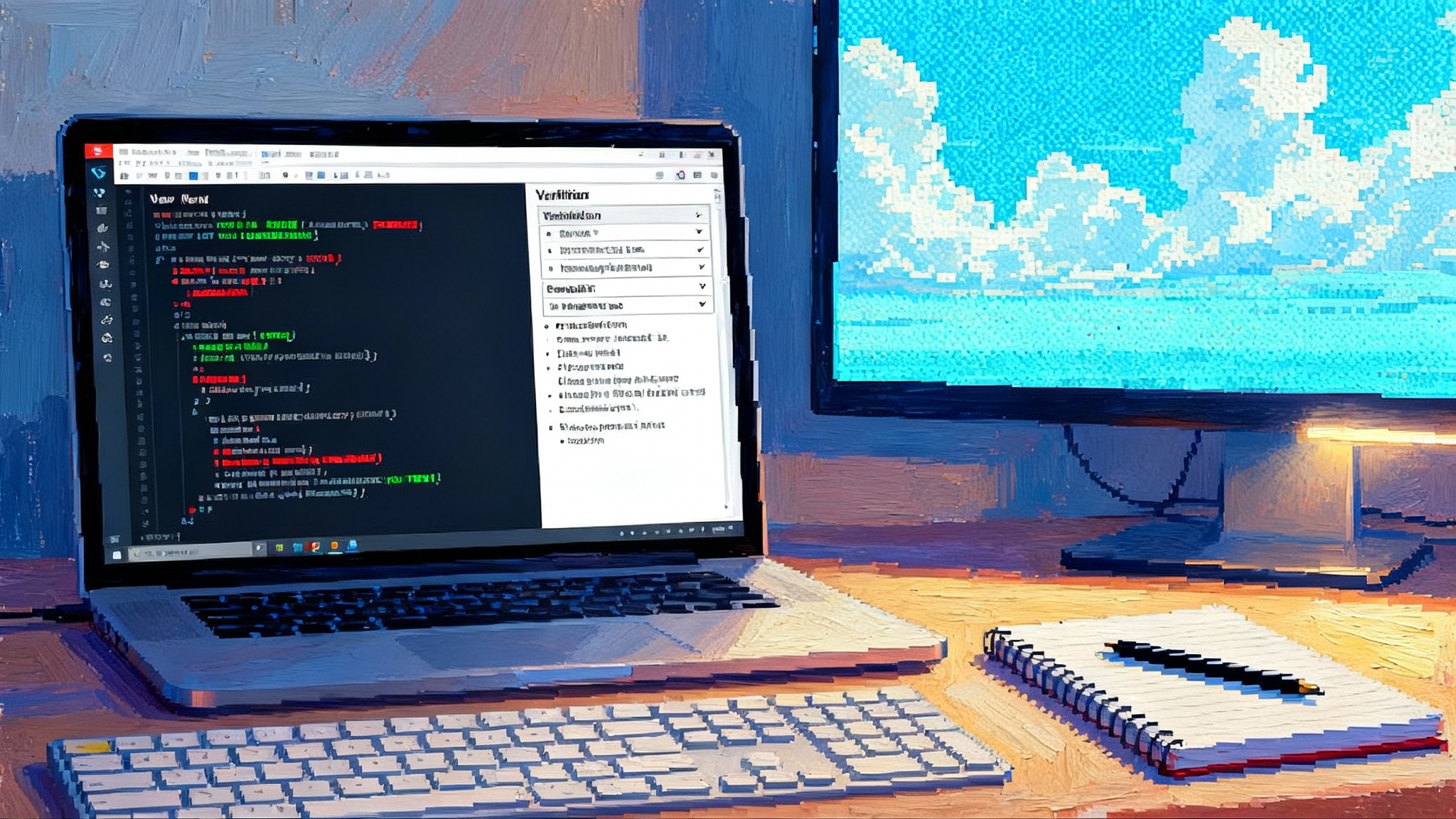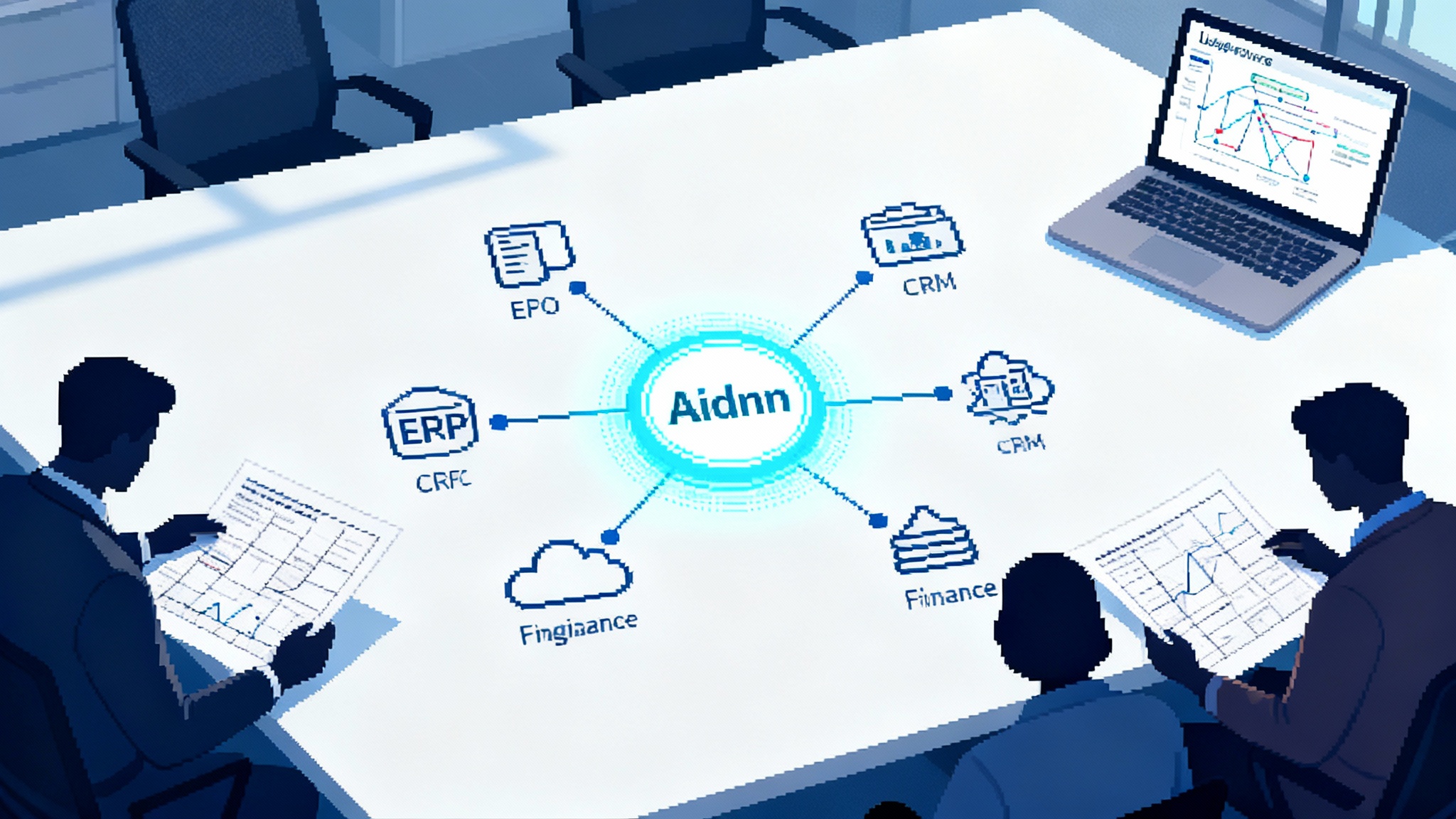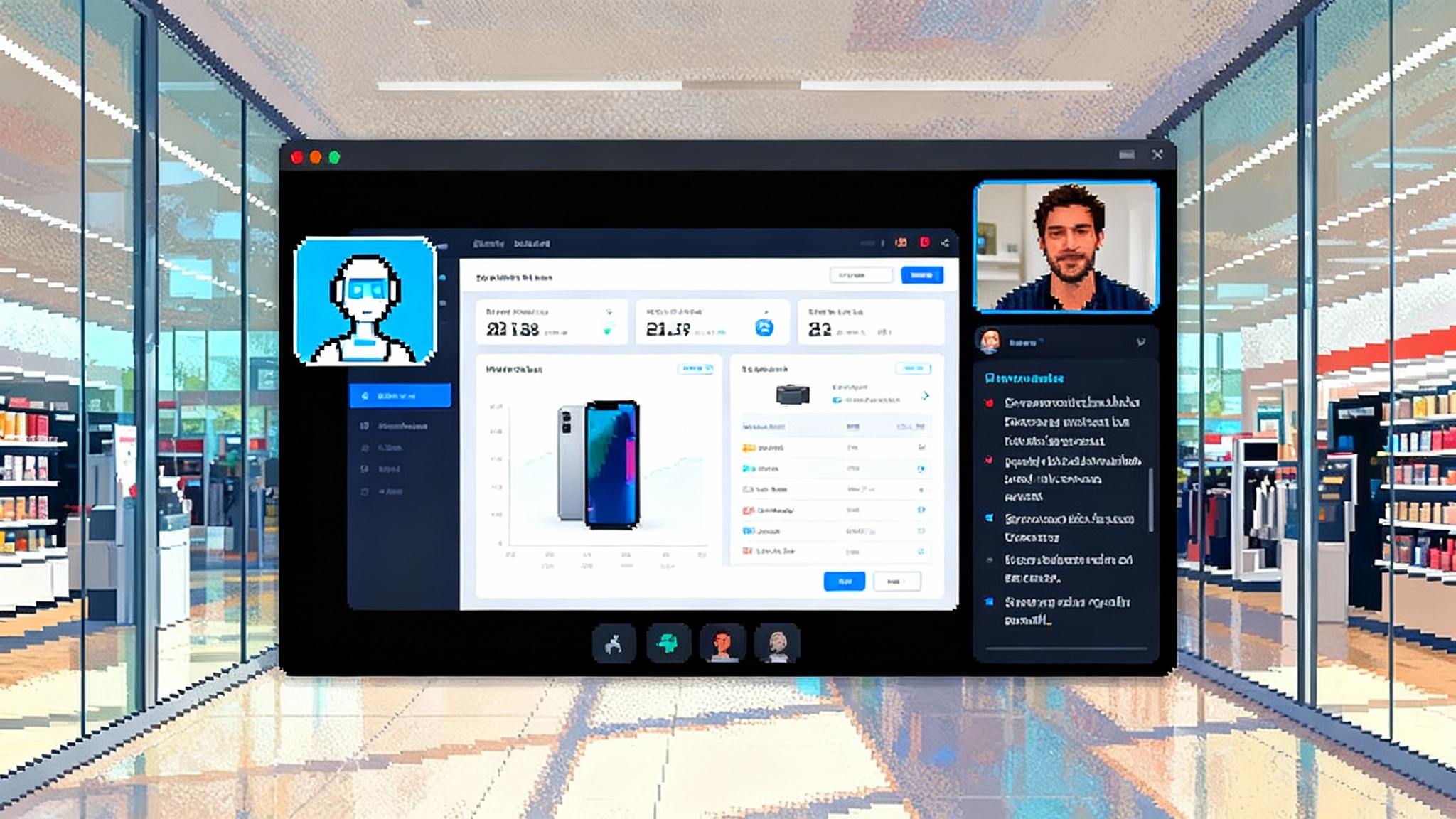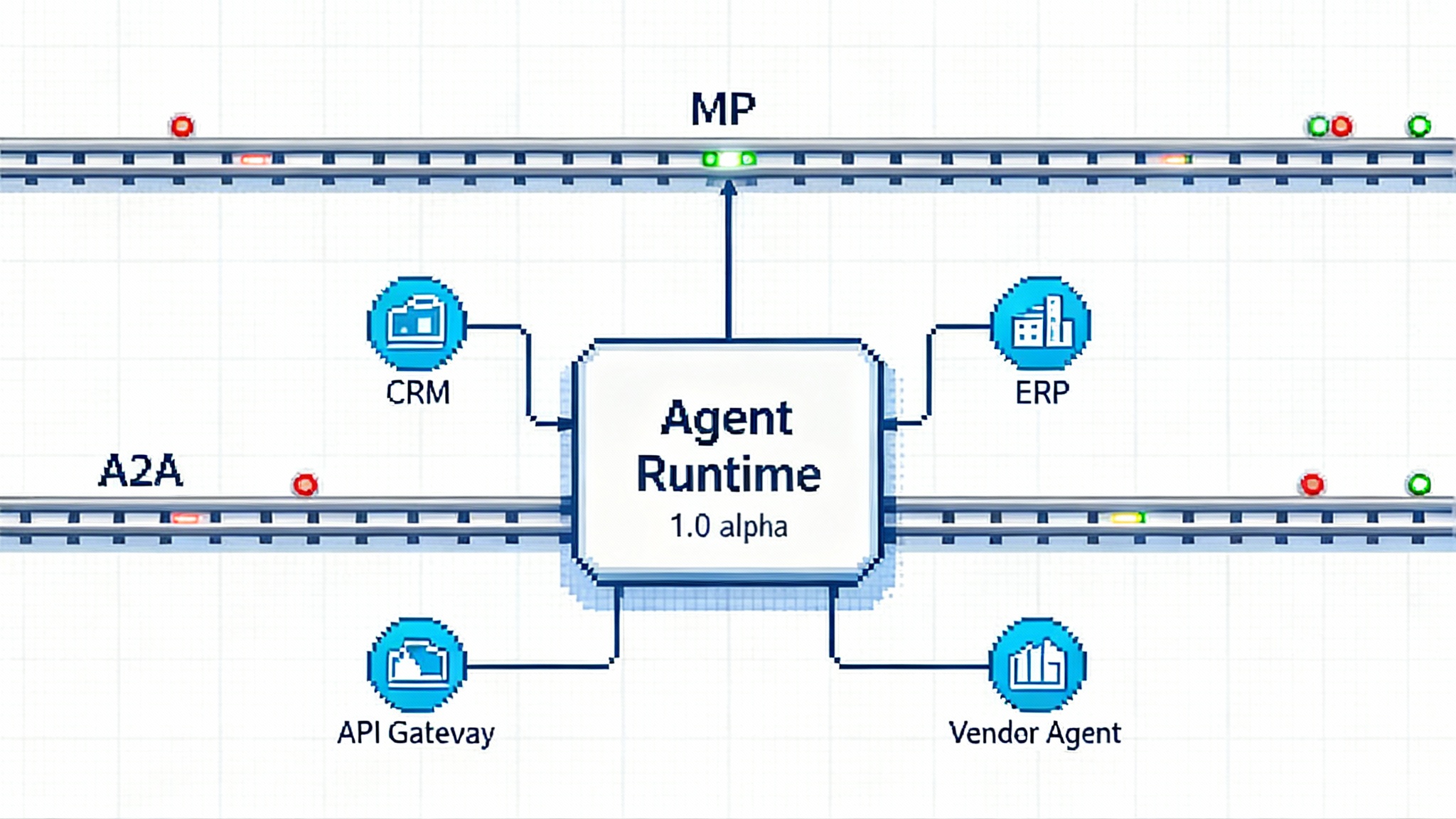Media‑aware agents crash IBC: Dalet’s Dalia leads the pivot
IBC 2025 flipped from demos to delivery. Dalet's Dalia, Kaltura's publishing agent, and Moments Lab's discovery agent show how media-aware systems turn rights-savvy intent into safe, auditable action.
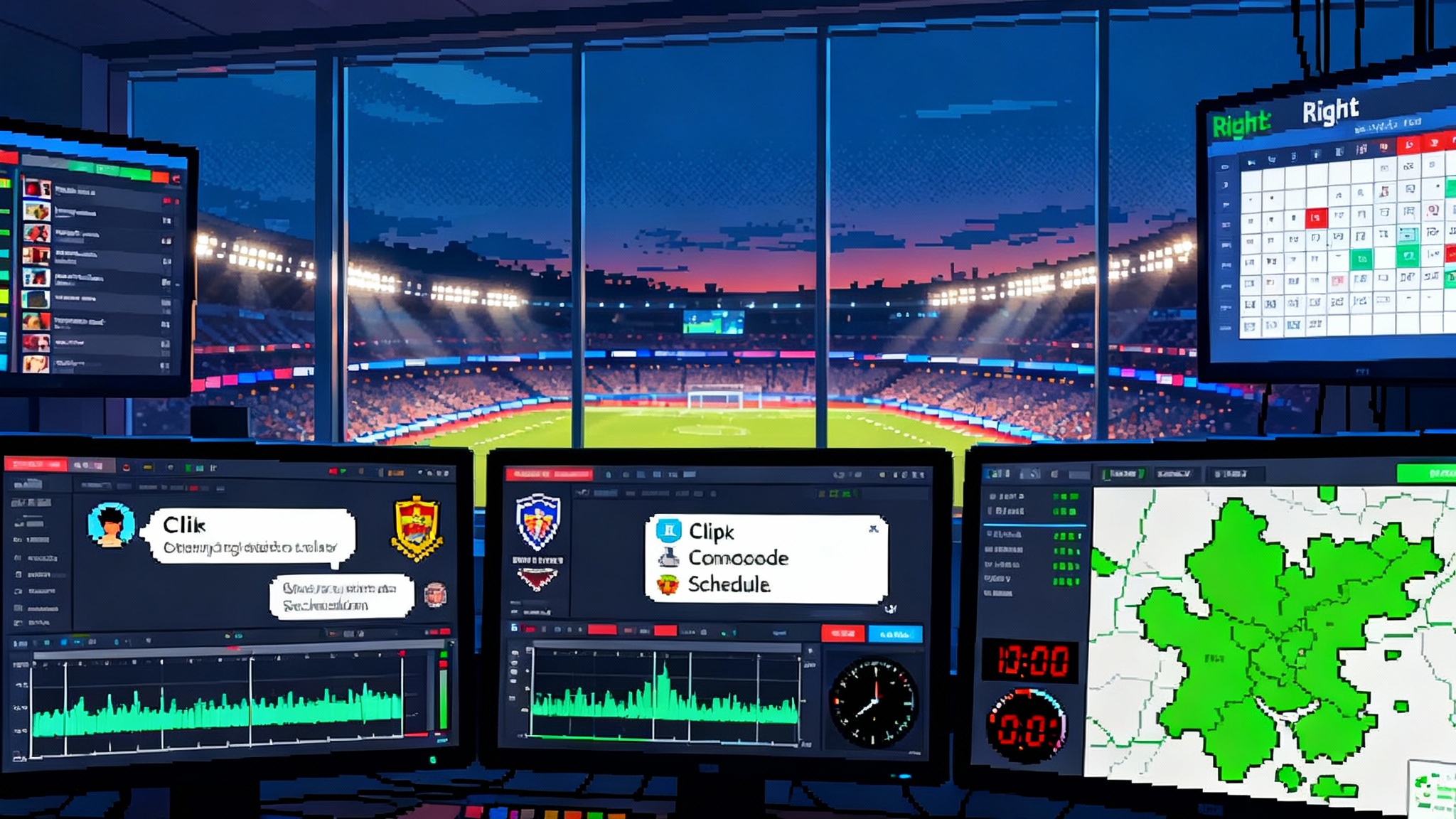
The moment media-aware agents went mainstream
IBC 2025 in Amsterdam was supposed to be a steady year for incremental upgrades. Instead, a new class of software took the spotlight: media-aware agents that do not just suggest tasks, but perform them inside real broadcast and streaming pipelines. The clearest signal came from Dalet, which unveiled Dalia, an agentic layer that sits across its suite and executes content-native actions like search, clip, transcode, schedule, package, and archive inside the same chat-like interface users already live in. Dalet describes Dalia as an intelligent layer for its ecosystem, not as a generic chatbot. That framing matters because it ties the agent directly to rights, assets, and operational states rather than to free-floating prompts. See the announcement for details on how Dalia spans Flex, Pyramid, InStream, Brio, and Amberfin in a single experience: Dalet unveils Dalia agentic AI.
Kaltura added fuel by previewing its Media Publishing Agent, which automates the last mile of distribution across live streams, video on demand, and Free Ad Supported Television channels. Kaltura positions the agent to apply captions, enrich metadata, clip and chapter, run compliance checks, and push finished packages to monetization endpoints with dashboards for oversight. Read the company description: Kaltura Media Publishing Agent press release.
A third data point came from Moments Lab, which showed a Discovery Agent aimed at the upstream of the chain. It returns moment-level results from large video libraries through a natural language interface, and is designed to feed editors, producers, and social teams with ready-to-use clips and story cues. Together these launches sketch a breakout category: vertical agents that are trained not just on words and pictures, but on the grammar of media operations.
Why media-aware beats generic copilots
Most teams have already tried a general-purpose copilot. It writes outlines, drafts a logline, or suggests a shot list. Useful, but brittle the moment you ask it to do something operational, such as find every clip of the star striker celebrating, limited to matches where you own replay rights, produce a 45 second cut for social, add captions in Spanish and French, then schedule for tomorrow after the rights window opens. A generic copilot stalls because it does not know your rights windows, preferred transcode presets, or where the mezzanine files live.
Media-aware agents close that gap by binding intelligence to three pillars:
- Asset truth: access to the media asset manager and storage, with machine-readable references to formats, versions, and essence plus sidecar relationships.
- Rights truth: codified contract rules, embargoes, blackouts, and geo-entitlements that constrain what the agent may do and when it may do it.
- Workflow truth: live knowledge of orchestration states, like whether a transcode job is queued, a caption file passed quality control, or a playlist slot remains unfilled.
That binding changes the unit of work from a suggestion to a safe action. Instead of you could clip this, the agent performs clip the 00:10 to 00:55 segment, apply the social preset, burn subtitles only where required by policy, and register the deliverable to the 9 a.m. playlist. A helpful metaphor: generic copilots are commentary, media-aware agents are stage managers. Commentators can describe a great show. Stage managers run the cues, dim the lights, roll the bumper, and catch mistakes before the curtain opens.
This shift mirrors a wider pattern we have tracked across suites and platforms. When the interface is conversational but the actions are deterministic, suites become the fastest on-ramp for AI. See how that played out in productivity software in our analysis of suites as the fastest on-ramp.
The practical gains are in rights-savvy actions
Rights are where the ink meets the ledger. Misusing a clip can trigger penalties, takedowns, or lost deals. The new agents demonstrate competence in rights-savvy moves because they treat rights as code, not as a PDF on a share drive. Here are concrete tasks that matter in day-to-day operations:
- Rights-aware search: find celebrations from Sunday’s derby limited to in-stadium camera feeds and non-exclusive angles.
- Safe clipping: pull only segments covered by the license, and log which clause permitted the action.
- Preset discipline: pick the approved transcode and packaging profiles by destination, so a Free Ad Supported Television channel gets the right ad markers while a social cut gets platform-specific loudness and duration constraints.
- Scheduled delivery: hold a publish job until the window opens, then release it, with audit trails for legal and partners.
- Policy-first captioning: attach captions by territory, language, and accessibility policy, rather than as an afterthought.
Generic copilots can talk about these steps. Media-aware agents execute them within the rules. The same intent-to-action pattern is changing analytics, where agents move from charts to interventions. For a parallel in business intelligence, see our take on agents moving from dashboards to diagnosis.
Three product patterns that emerged at IBC
Across the Dalia, Kaltura, and Moments Lab announcements, three repeatable patterns showed up.
- A chat surface bound to an orchestration core. The interface is conversational, but every request resolves to a deterministic workflow with jobs, queues, and service calls.
- A rights and policy engine that guards every action. This sits between the intent parser and the media operations layer.
- A library of content-native skills. Think capabilities such as detect ad-safe chapter points, generate editorially consistent thumbnails, or insert chapter markers from a speech transcript.
Vendors are starting at different points on this triangle. Dalet emphasizes orchestration breadth across its suite. Kaltura focuses on downstream publishing and monetization. Moments Lab concentrates on upstream discovery and creative acceleration. The direction of travel is the same: intent in, compliant action out.
Near-term adoption paths you can start now
Adoption does not require a big bang. The fastest wins look like small, self-contained loops that prove value in a week and keep paying back.
- Social highlight factory: point a discovery agent at your sports or news archive, define territory rules, then let a publishing agent assemble platform-specific cuts with captions and brand assets. Humans approve, agents ship. This cuts turnaround from hours to minutes and reduces missed windows.
- Promo refresh at scale: have the agent find stale promos across your video on demand shelves and regenerate variants optimized for specific devices, languages, and dayparts.
- Rights-windowed scheduling: use the agent to pre-stage a month of Free Ad Supported Television playlist changes that hinge on fixture lists, embargo lifts, or seasonal sports calendars.
- Live clip and clear: for tentpole shows, set agent policies that authorize certain cameras and segments for immediate social sharing while blocking others until legal review completes.
These loops share two traits: they live on existing systems and they have crisp success metrics such as minutes saved, compliance events avoided, or ad impressions gained.
The lock-in question is really a data gravity question
Vendors will compete on polish and speed, but lock-in is determined by where your truth lives. There are three gravity wells to map before you choose a path.
- Metadata schemas and asset graphs. If descriptive and rights metadata live only in a vendor’s proprietary schema, you will find it hard to switch later. Favor systems that can express or export metadata using open or widely used models such as Interoperable Master Format for composition and distribution and European Broadcasting Union Core for descriptive fields, even if you do not adopt those models wholesale. The goal is a clean, documented mapping.
- Workflow enablers. Many agent skills rely on your transcode farm, speech to text engine, and ad marker inserter. If those are decoupled behind your own service layer, you can swap a vendor’s agent while keeping the heavy machinery.
- Conversation history and audit. Agents generate intent logs, approval trails, and job provenance. If those records are only visible inside a vendor console, governance suffers and portability drops. Insist on exporting audit logs into your own observability stack.
The deeper the state inside a vendor black box, the tighter the lock. The most durable hedge is to keep configuration, policies, and presets under your control. That is the same play we see in database centric agent ecosystems, explored in our review of the database native agent era.
Failure modes and how to guard against them
No production team can tolerate unforced errors. Here are the most likely failure modes and the controls that keep them rare and minor.
- Rights leakage: the agent publishes outside territory or window. Control with a deny by default policy engine, unit tests for contract rules, and a simulated dry run before release.
- Format drift: outputs depart from spec because presets changed upstream. Control with checksum based preset registries and blocking tests on bitrates, profiles, captions presence, and loudness.
- Semantic mismatch: the agent picks the wrong moment because the prompt was vague. Control with prompt templates tied to taxonomy such as team, player, action, sentiment, duration, and require a preview before commit.
- Cost spikes: unconstrained model calls inflate bills. Control with budgets at the skill level and batch operations for transcription, translation, and summarization.
- Human bypass: users ship without review because the agent looked confident. Control with role based gates, confidence thresholds, and tiered approvals by destination.
Treat agent operations like air traffic control. Plan for routine, instrument for anomalies, and rehearse the playbook for when the tower goes dark.
What this means for teams of different sizes
- National broadcasters: your advantage is a rich archive and strict processes. Start with discovery and rights-aware republishing of evergreen content to Free Ad Supported Television and social. Layer in live clip and clear once governance is proven.
- Mid market streamers: your constraint is headcount. Use a publishing agent for promo refresh and image plus caption localization, then grow into playlist optimization. Measure velocity against subscriber re engagement.
- Sports leagues and clubs: your value is in moments. Focus on moment-level search and rules for territory and duration. Agents can pre cut matchday packs for sponsors, social teams, and international partners.
- Newsrooms: your tempo is rapid. Deploy discovery to surface related file video and past quotes, then use agents to assemble story packages with consistent lower third metadata and captions before the top of the hour.
Build versus buy: a 12 month playbook
You have two decisions to make. First, where do you want leverage fast. Second, where do you want control over time. The best outcomes blend both.
Start with a diagnostic in the first two weeks:
- Map your content control points. List where rights decisions are made, where presets are defined, and where scheduling is approved. These are the places agents must respect.
- Tag your golden paths. Identify three workflows you run daily that involve search, clip, transform, and schedule. Time them end to end with a stopwatch.
- Take an inventory of systems. Note which of your media asset manager, transcoders, captioning, and playout systems have modern application programming interfaces. Agents live or die by integrations.
Then choose your wedge:
- Buy for downstream speed. If your pain is getting packages out the door, a commercial publishing agent can deliver immediate wins. Keep your presets, rights rules, and audit outside the tool to reduce lock in.
- Build for upstream advantage. If your edge is unique catalog or editorial voice, build a discovery agent that speaks your taxonomy and integrates with your annotation tools. Use vendor software for plumbing you do not want to maintain, such as transcription or translation.
A concrete 12 month plan that blends both:
Months 1 to 3
- Pilot a publishing agent on a single brand or region with 50 to 100 assets per week.
- Stand up a policy engine that expresses your top 10 rights clauses as code.
- Implement a human in the loop gate for first publish. Track cycle time and error rate.
Months 4 to 6
- Expand to two more brands and add live clip and clear with prebuilt rules for safe cameras.
- Start building a lightweight discovery agent that queries your catalog with your taxonomy. Seed it with past hit packages as exemplars for moment selection.
- Instrument costs. Add per skill budgets and batch processing for transcription and translation.
Months 7 to 9
- Wire discovery to publishing for a closed loop. Let producers approve suggested moments, then hand off to the publishing agent for packaging and distribution.
- Externalize presets and rights maps to your own configuration store to reduce vendor gravity.
- Add a schedule optimizer that proposes slot fills based on rules you can explain to programmers.
Months 10 to 12
- Graduate approvals from asset level to campaign level. Approve a daily or weekly slate in one pass with guardrails.
- Conduct a portability drill. Export all agent logs, audit trails, and configuration. Recreate a week of operations in a staging environment without vendor consoles. Fix what breaks.
- Renegotiate the commercial contract with either a portability clause or a metered plan that aligns with observed usage patterns.
Throughout the year, keep four design rules:
- Decouple interfaces from actions. The chat surface is replaceable. The workflow graph and policy engine are not.
- Prefer event buses and webhooks over polling. Agents respond to change faster and cost less.
- Keep humans at the edges where judgment matters. Agents do the plumbing, humans handle taste and ethics.
- Log everything to your own observability. If you cannot answer what happened, when, and why, you do not control the system.
What about startups racing into the gap
If you are a startup, you have to move where incumbents hesitate. Three practical openings are available now.
- Rights as a service. Offer an engine that turns free text contracts into executable policies with test suites and simulators. Sell to both vendors and media owners.
- Moment intelligence. Build a drop in component that finds clean chapter points and ad safe breaks with human readable rationales. The selling point is trust, not mystery.
- Agent observability. Provide a control tower for agent actions across vendors, with reconciliation against content management system truth and playout logs. If you can prove what ran and what paid, you will be invited to every deal.
Price these like infrastructure, not like dashboards. The buyer is purchasing reduced risk and gained velocity, which can be measured in avoided takedowns, faster cycles, and higher fill rates.
The bottom line
This year’s IBC showcased a shift from prompt theater to operational reality. Dalet’s Dalia, Kaltura’s Media Publishing Agent, and Moments Lab’s Discovery Agent are not trying to replace editors or producers. They are turning routine editorial intent into compliant, auditable action. That is a quiet revolution, but it changes who wins. Teams that bind intelligence to asset truth, rights truth, and workflow truth will go faster without breaking rules. Teams that treat agents like general chatbots will keep writing checklists while their competitors ship.
If you are choosing a path, start small, codify your rules, measure the loop, and keep your state portable. Build what makes you special, buy what accelerates you now, and design so you can change your mind later. That is how you turn this year’s show floor demos into next year’s daily advantage.





